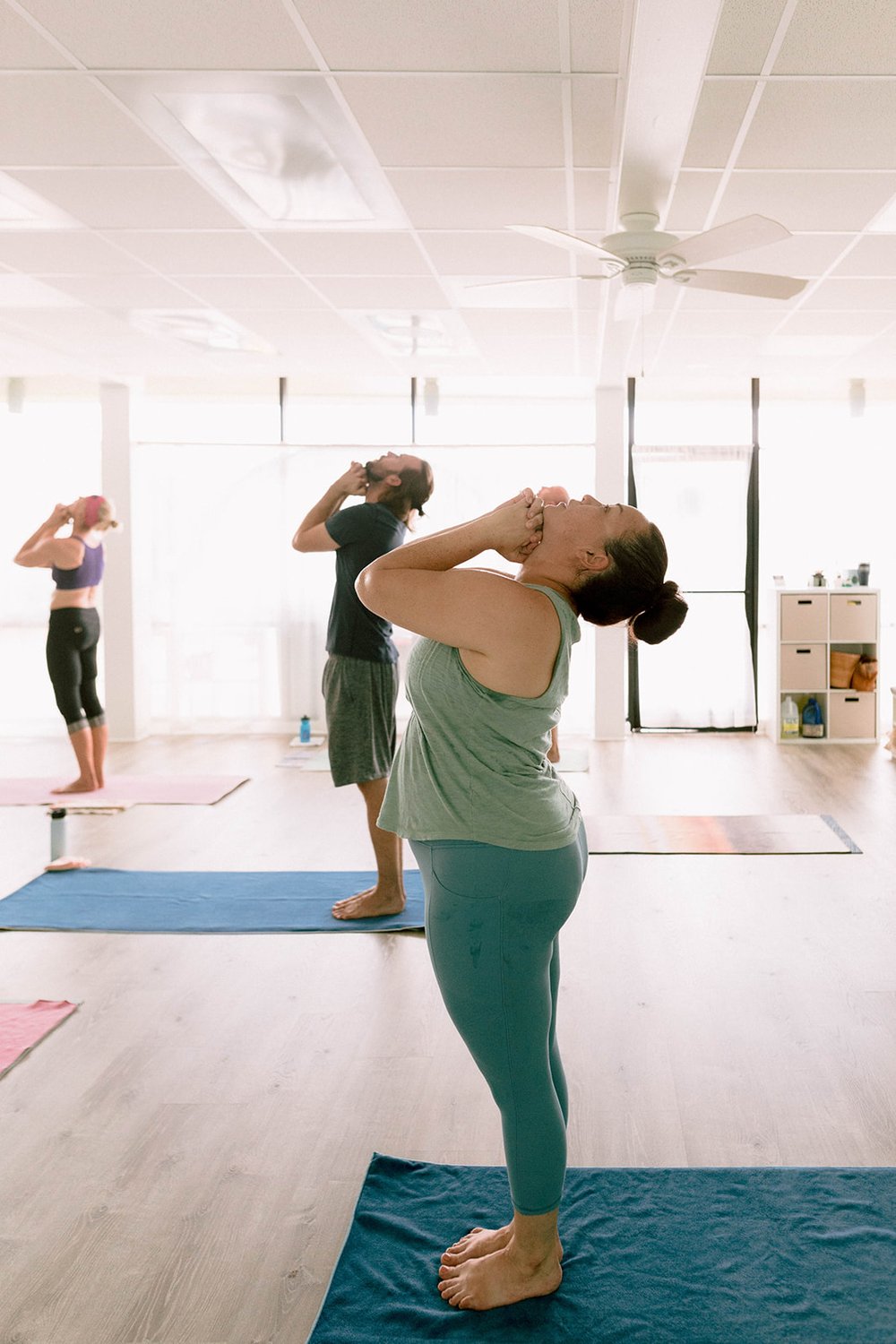The Benefits of Heated Yoga
Welcome to our comprehensive guide on the benefits of heated yoga. In this article, we will explore the numerous advantages of practicing yoga in a heated environment. Heated yoga has gained popularity in recent years, and for good reason. Let’s dive into the details and discover why heated yoga can be a transformative practice for both the body and mind.
Enhanced Flexibility
One of the primary benefits of heated yoga is the enhanced flexibility it offers. The combination of heat and yoga postures helps to warm up the muscles, tendons, and ligaments, allowing for a deeper stretch and increased range of motion. As a result, heated yoga can be particularly beneficial for individuals looking to improve their flexibility or recover from injuries.
Detoxification
The heat in heated yoga classes helps to induce sweating, which is a natural way for the body to eliminate toxins. Sweating during a heated yoga session can aid in detoxification by flushing out impurities and promoting a healthy glow. Additionally, the increased blood flow and circulation during the practice can support the body’s natural detoxification processes.
Cardiovascular Health
Heated yoga can also have positive effects on cardiovascular health. The heat and dynamic movements in heated yoga classes can increase heart rate and improve blood circulation. Regular practice of heated yoga can help strengthen the heart, improve cardiovascular endurance, and contribute to overall heart health.
Stress Relief
Yoga, in general, is known for its stress-relieving benefits, and heated yoga is no exception. The combination of heat, deep breathing, and mindful movement can help release tension and promote relaxation. Many practitioners find that heated yoga classes provide a sanctuary where they can let go of daily stressors and find inner peace.
Improved Focus and Mental Clarity
Practicing heated yoga requires concentration and focus to maintain proper form and alignment in challenging conditions. This focus on the present moment and the coordination of breath and movement can help improve mental clarity and enhance cognitive function. Regular practice of heated yoga can lead to improved focus not only on the mat but also in daily life.
Muscle Strength and Endurance
Heated yoga can be a great way to build muscle strength and endurance. The combination of heat and yoga postures engages and activates various muscle groups, leading to increased strength and stamina. The heat also allows for a deeper engagement of the muscles, resulting in a more intense workout.
Injury Prevention and Rehabilitation
The warmth in heated yoga classes can help prevent injuries by increasing the suppleness of muscles and reducing the risk of strains or sprains. Additionally, heated yoga can aid in the rehabilitation process for individuals recovering from certain injuries. The gentle heat can promote healing and provide a supportive environment for the body to regain strength and flexibility.

Heated yoga offers a wide range of benefits for both the body and mind. From enhanced flexibility and detoxification to cardiovascular health and stress relief, the advantages of practicing yoga in a heated environment are numerous. Whether you are a seasoned yogi or a beginner, incorporating heated yoga into your wellness routine can be a transformative experience. Embrace the heat, find your flow, and enjoy the many benefits that heated yoga has to offer.
Frequently Asked Questions about the Benefits of Heated Yoga
1. What is heated yoga?
Heated yoga, also known as hot yoga, is a form of yoga practiced in a heated room with temperatures typically ranging from 90 to 105 degrees Fahrenheit.
2. What are the benefits of heated yoga?
Heated yoga offers several benefits, including increased flexibility, improved circulation, detoxification through sweating, enhanced cardiovascular health, and deeper relaxation.
3. Does heated yoga help with weight loss?
While heated yoga can aid in weight loss due to increased calorie burn and improved metabolism, it should be combined with a balanced diet and regular exercise for optimal results.
4. Can heated yoga help with stress reduction?
Yes, heated yoga can be an effective stress-reduction technique. The combination of physical movement, deep breathing, and the warmth of the room helps promote relaxation and release tension.
5. Is heated yoga suitable for beginners?
Heated yoga can be practiced by beginners, but it’s important to start with a beginner-friendly class and listen to your body’s limits. It may take some time to acclimate to the heat.
6. Does heated yoga improve flexibility?
Yes, practicing yoga in a heated room can help improve flexibility. The warmth helps relax muscles and allows for deeper stretching, leading to increased flexibility over time.
7. Are there any precautions to take before practicing heated yoga?
It is recommended to hydrate well before class, bring a towel and water bottle, and inform the instructor if you have any pre-existing medical conditions or injuries. It’s also advisable to avoid eating a heavy meal before practice.
8. Can heated yoga help with muscle recovery?
Yes, heated yoga can aid in muscle recovery by increasing blood flow to the muscles, promoting the removal of waste products, and reducing muscle soreness after intense workouts.
9. Is heated yoga suitable for everyone?
Heated yoga may not be suitable for individuals with certain medical conditions such as heart problems, high blood pressure, or pregnancy. It’s always best to consult with a healthcare professional before starting any new exercise regimen.
10. How often should I practice heated yoga to see the benefits?
The frequency of heated yoga practice varies for each individual. Starting with 1-2 classes per week and gradually increasing as your body adapts is a good approach. Consistency is key to experiencing the benefits.




